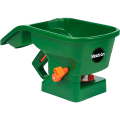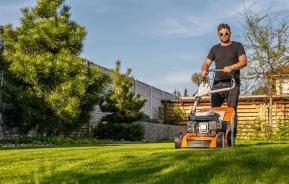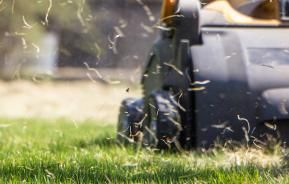Our autumn lawn care guide shows you everything you need to do in autumn to keep your lawn healthy, and it’s also a great way to get outdoors and enjoy the crisp autumn weather! If you’re short on time, don’t worry, simply feeding your lawn in Autumn is a great way to start! While scarifying and aerating can further enhance your lawn’s health, a simple feeding routine will still make a big difference.
Apply an autumn lawn feed
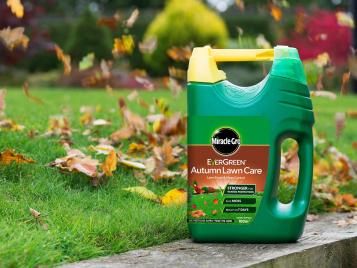
Tip: If you’re planning to scarify and/or aerate your lawn as well, do these before feeding it.
Clear fallen leaves off your lawn
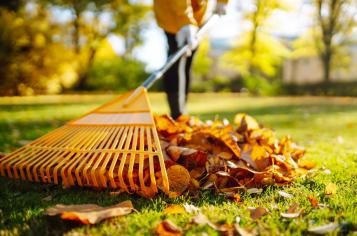
Rake fallen leaves off your lawn regularly in autumn so that sunshine can reach the grass, allowing it to carry on making food through photosynthesis. If you have space, store the collected leaves in a pile or in black plastic bags somewhere out of sight. In a year or two, they will break down into leaf mould, which is fantastic for mulching borders.
Mow the lawn on a higher setting
As the temperature drops and the days get shorter, the grass grows more slowly, so you can mow less often. Raise the height of your mower blades to leave the grass slightly longer than you would have it in summer – around 30mm is about the right height for autumn lawns. The exception to this rule is when you are planning to scarify your lawn, in which case, mow on a low setting as this will make scarifying easier.
Trim and re-cut lawn edges
Crisp, neatly trimmed lawn edges are one of the quickest ways to make your garden look good, and autumn is a good time to recut lawn edges that have become fuzzy. Use a half-moon lawn edger to cut through the turf and dig a channel between the lawn and the border to stop grass growing into the border, then trim the edges neatly with lawn edging shears.
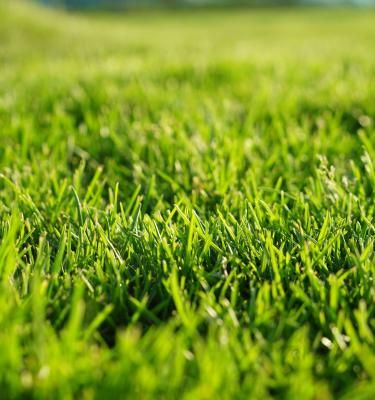
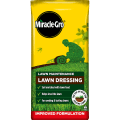
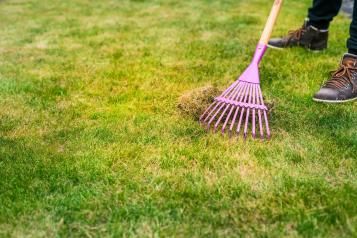
_0.jpg)


